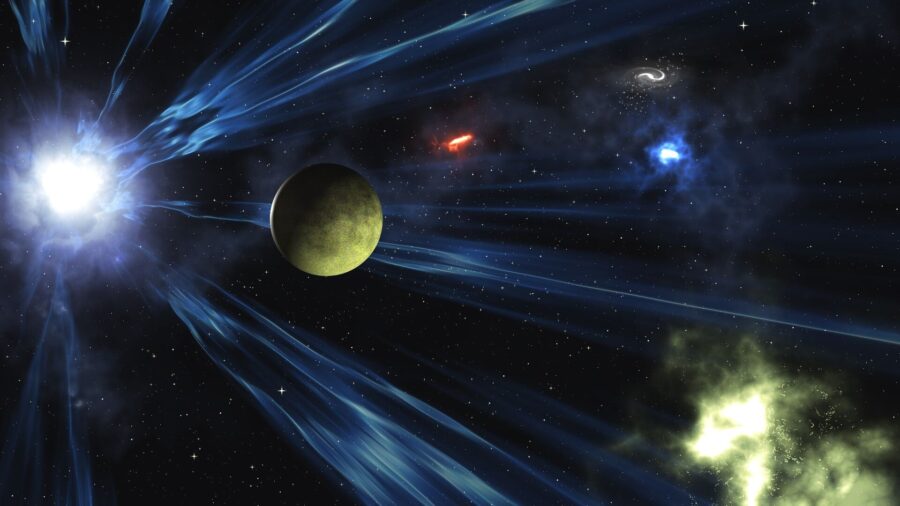Scientists Have Figured Out Which Star Systems Could Have Alien Life
Star systems with older stars are more likely to contain alien life.

Exoplanet is the name for any planet beyond our solar system, and thanks to rapid technological advances, scientists keep locating more and more of them. Science Alert reports that thanks to the wealth of new data, researchers have figured out which star systems to focus on in the search for alien life. Planets orbiting a star with low metal content have better protection from ultraviolet light, which makes them the most likely to have an ozone layer, a required component for a life-sustaining environment.
Oxygen-rich atmospheres lead to thicker ozone layers and more protection from the harsh bombardment of radiation a star generates. Each star system is influenced by the metal found within the central star due to how the elements influence the type, and quantity of radiation, which for any alien life out there, would be a key component to their colonization or survival. Aliens looking at our own planet might think it’s inhabitable due to how much radiation is produced by the sun, and we know that’s not the case, thanks to the ozone layer.
Anna Shapiro from the Max Planck Institute for Solar System Research used this information to fashion a mathematical model, which proved that the presence of a highly metallic star system is inverse to the foundational components for alien life. More metal means it’s a younger star with less damaging radiation, which sounds better for the development of life, but it means that the nearby planets have thinner layers of protection. Radiation helps form the base chemicals responsible for life, so if less is being output, it stands to reason that planets have less ability to develop the building blocks for life.

This research which can pinpoint star systems we should be searching for alien life, will help focus space missions, such as the recent one to Alpha Centauri, searching for a habitable planet. It’s not a perfect system, but given how much we don’t understand about the universe, we can’t even agree about the existence of dark matter; any semblance of a plan is better than nothing.
Part of the reason why focusing on the most promising star systems for alien life and ignoring others is the sheer distances required in space travel. A probe we send today to a planet that seems suitable based on Shapiro’s work might not make it for thousands of years, and any response we receive could take thousands of more years after that.
Even if we don’t send probes out to these star systems in a search for alien life, combining mathematical formulas with advanced tools like the James Webb telescope gives us the best shot humanity has ever had to learn if we’re truly alone in the vastness of space. Given the recent discovery of a potential giant planet beyond the












